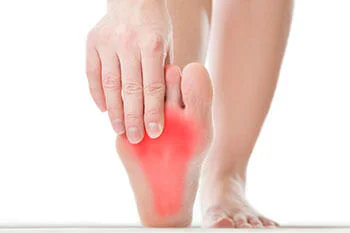Table of Contents
Introduction
Hypertrophic scars are elevated discolored scars. More severe forms are called keloids, which are more lumpy with clusters of scar tissue; both grow outside the boundry of a cut or incision. They are often rubbery in texture and darker in color than the surrounding skin. These abnormal scars occur when the body continues to produce the tough, fibrous protein known as collagen after a wound has healed.
Keloids can appear anywhere on the body including the lower extremities. They can occur on anyone, but occur more often in dark-skinned people than in those who are fair. The tendency to develop keloids lessens with age.
There are conservative options including scars applications as well as injections with a steroid medication directly into the scar tissue to reduce redness, itching, and burning. In some cases, this will also shrink the scar. Alternatively, the scar tissue can be cut out and the wound carefully closed in layers of stitches. This is generally an outpatient procedure.

Warning - Graphic Image. Hover your mouse over image to see full-resolution version
What to Do Next?
No matter what approach is taken, keloids and hypertrophic scars can be a challenge and may have a tendency to return. To discourage this, the surgeon may combine the scar removal with steroid injections. The doctors at Integrative Foot & Ankle Centers of Washington are very familiar with the treatment of stubborn and abnormal scars.
Contact us today to schedule an appointment.


